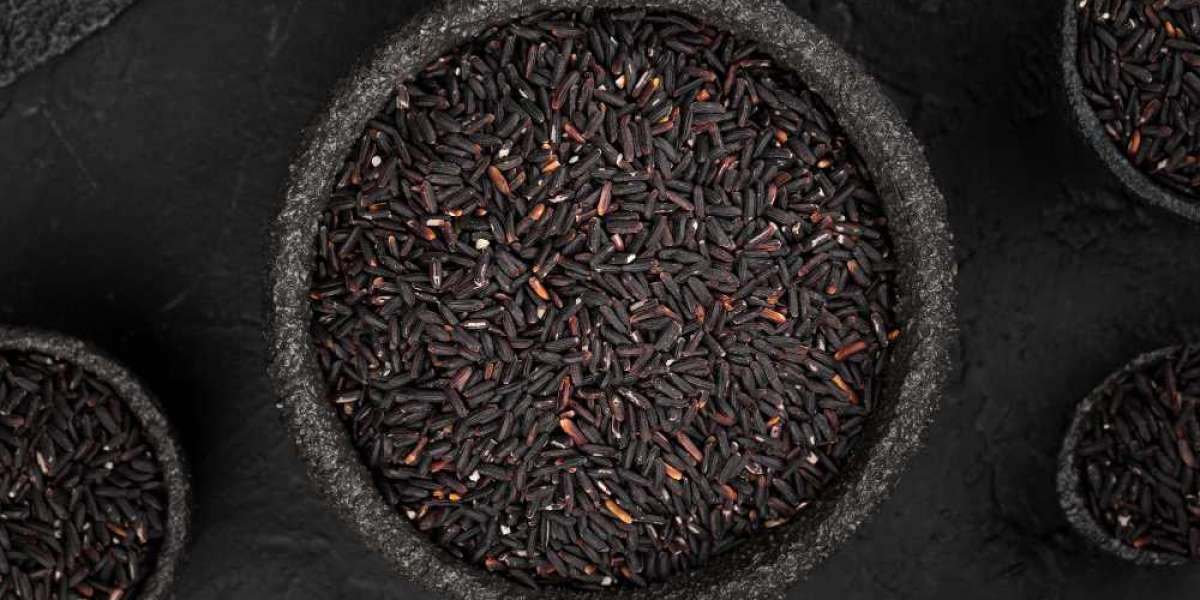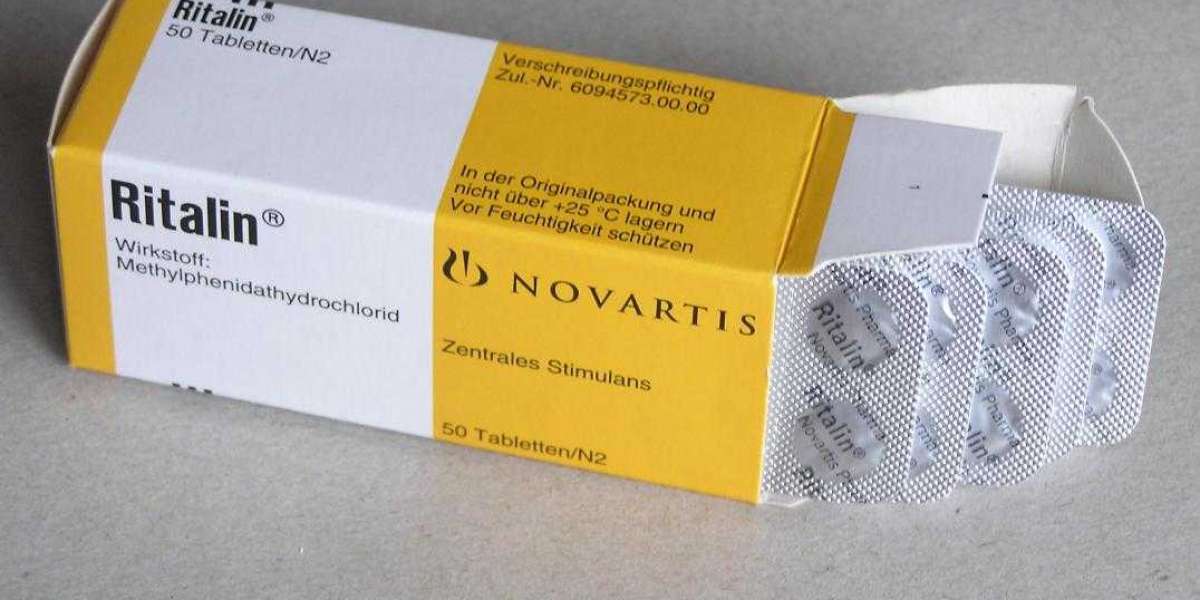Indian red rice, with its vibrant color and distinct nutty taste, has been a dietary staple in India for centuries. Beyond its culinary appeal, this indigenous grain offers a plethora of nutritional benefits that make it a valuable addition to a healthy diet. In this article, we'll delve into the nutritional profile of Indian red rice, its associated health advantages, and practical tips for incorporating it into your meals.
Nutritional Profile of Indian Red Rice
Indian red rice, also known as 'laal chawal' or 'matta rice,' is a whole grain that retains its bran layer, germ, and endosperm, making it rich in essential nutrients. Let's examine its nutritional composition:
Fiber:
Indian red rice is packed with dietary fiber, including both soluble and insoluble fiber. Fiber plays a crucial role in digestive health by promoting regular bowel movements, preventing constipation, and supporting a healthy gut microbiome.
Antioxidants:
The deep red color of Indian red rice is indicative of its high antioxidant content, particularly anthocyanins. These powerful antioxidants help neutralize harmful free radicals in the body, reducing oxidative stress and inflammation and lowering the risk of chronic diseases such as heart disease and cancer.
Vitamins and Minerals:
Indian red rice contains a variety of vitamins and minerals essential for overall health and well-being. It is a good source of vitamin B6, which is important for energy metabolism, as well as minerals like iron, magnesium, and phosphorus, which are vital for bone health, muscle function, and immune support.
Health Benefits of Indian Red Rice
Heart Health:
The fiber and antioxidants present in Indian red rice contribute to heart health by lowering cholesterol levels, reducing blood pressure, and protecting against cardiovascular disease. Studies have shown that regular consumption of whole grains like Indian red rice is associated with a lower risk of heart disease.
Digestive Wellness:
The high fiber content of Indian red rice supports digestive wellness by promoting regularity, preventing constipation, and maintaining a healthy balance of gut bacteria. Fiber also helps regulate blood sugar levels and may reduce the risk of developing type 2 diabetes.
Weight Management:
Indian red rice has a low glycemic index, meaning it causes a gradual rise in blood sugar levels, leading to sustained energy and reduced cravings. Additionally, its high fiber content promotes satiety, helping to control appetite and prevent overeating, making it a valuable tool for weight management.
Blood Sugar Control:
The combination of fiber and antioxidants in Indian red rice helps regulate blood sugar levels and improve insulin sensitivity, making it a suitable option for individuals with diabetes or those at risk of developing the condition. Incorporating Indian red rice into meals can help stabilize blood sugar levels and reduce the risk of complications associated with diabetes.
Incorporating Indian Red Rice into Your Diet
Substitute for White Rice:
Swap white rice with Indian red rice in your favorite rice-based dishes such as biryanis, pulavs, or pilafs. The vibrant color and nutty flavor of Indian red rice will add depth and complexity to your meals.
Salad Base:
Use cooked Indian red rice as a base for salads, combining it with fresh vegetables, herbs, nuts, and a tangy dressing for a nutritious and satisfying meal. The chewy texture of the rice pairs well with crunchy vegetables and creamy dressings.
Porridge or Pudding:
Cook Indian red rice with milk or coconut milk to make a creamy porridge or pudding, flavored with spices like cardamom, cinnamon, or nutmeg for a comforting and nourishing dessert option. Top with fresh fruit or nuts for added flavor and texture.
Side Dish:
Serve Indian red rice as a side dish alongside curries, stews, or grilled proteins and vegetables to complement the main course. The rich flavor and hearty texture of Indian red rice will enhance any dish and provide a nutritious and satisfying meal.
Conclusion
Indian red rice is not only a flavorful and versatile grain but also a nutritional powerhouse packed with fiber, antioxidants, vitamins, and minerals. Its inclusion in your diet can support heart health, improve digestion, aid in weight management, and regulate blood sugar levels. With its vibrant color and nutty taste, Indian red rice adds depth and complexity to a wide range of dishes, making it a valuable ingredient for both culinary and nutritional purposes. So why not embrace the wholesome goodness of Indian red rice and elevate your health and well-being with each delicious bite?



